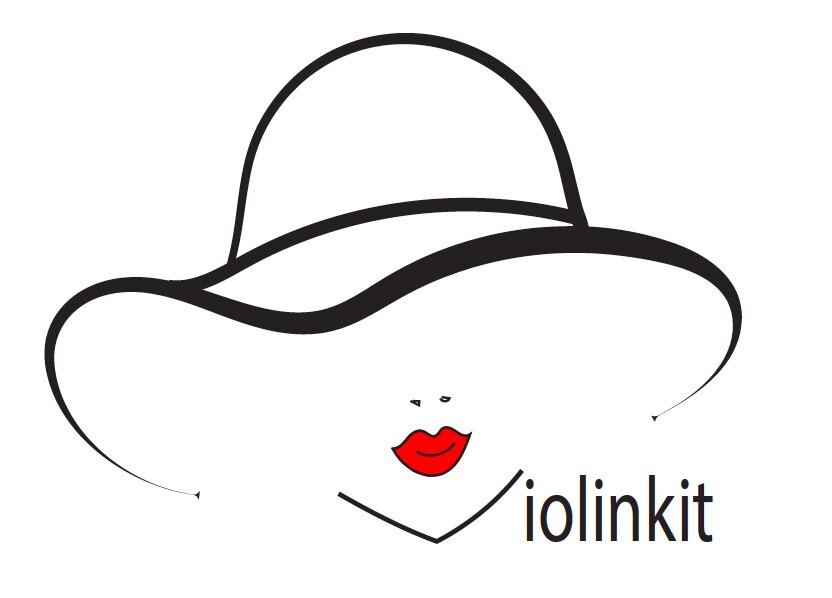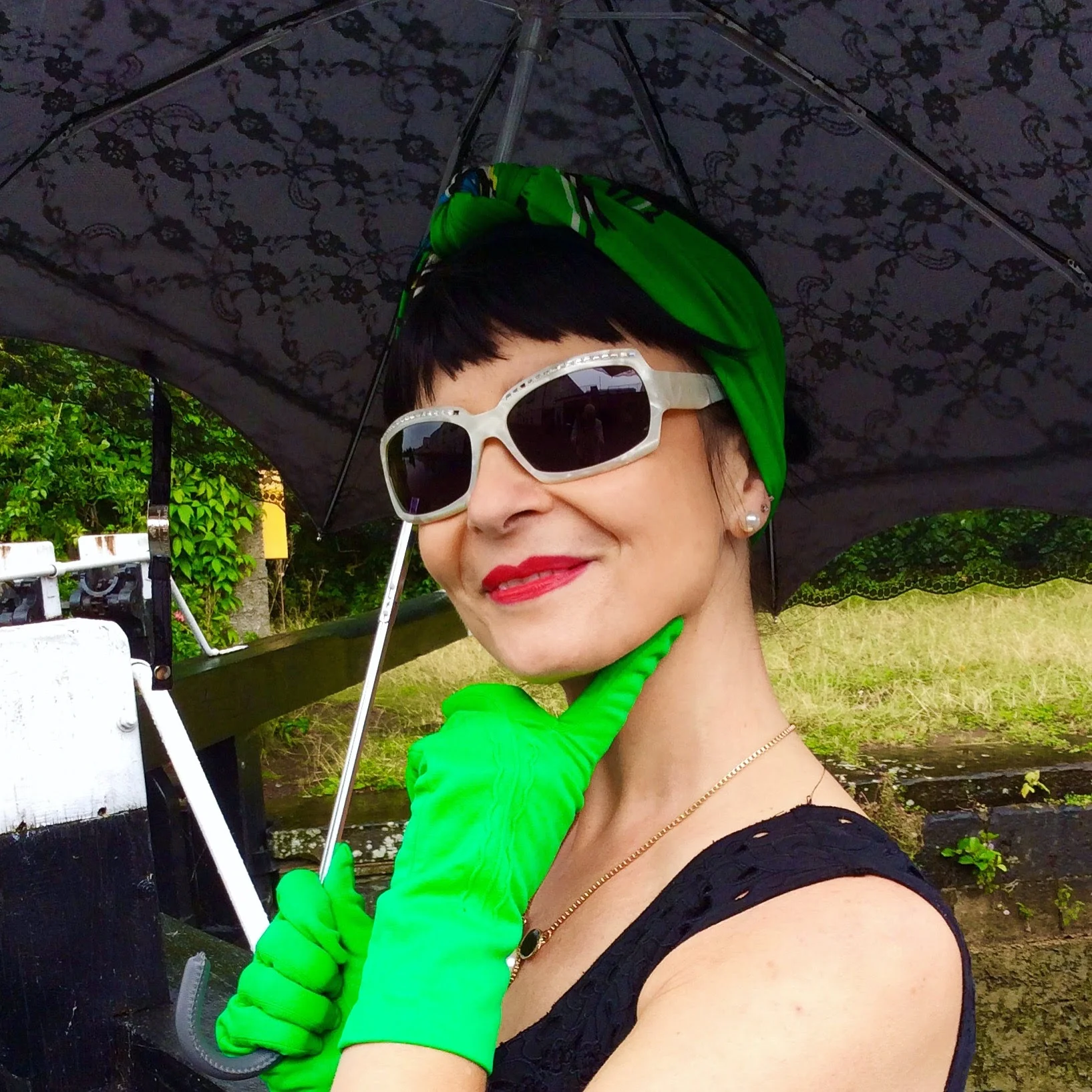Gangs Of New Frocks!
Say YES to the dress................YESSSSSSSSS!!!!!!.....................Down through the decades it must be singularly one of the most important items of clothing that ultimately defines feminine style. In its simplicist form its conquered kings and in its more decorative attire its impressed the world. The definition of Power Dressing can be traced back to this one piece of clothing ........THE DRESS!
The offical Wikipedia definition of THE DRESS (Also known as a FROCK or GOWN) is a garment consisting of a skirt and an attached bodice (or a matching bodice giving the effect of a one-piece garment). A DRESS can be any one-piece garment containing a skirt of any length. The hemlines of dresses vary depending on the whims of fashion and the modesty or personal taste of the wearer.
Lime green Vintage Dress!
Before Victorian times the word "Dress" usually referred to an overall mode of attire for both genders male and female. The dictionary definition of "Dress" is to adorn or decorate which came from the 14 century . "Dressing Up" was to "attire" oneself elaborately and "Dressing Down" was wearing less formal attire than expected. These expressions were used quite frequently in "Polite Society" from the 1670's onwards into the next century by both men and women and didn't particularly refer to the female "Frock" or "Gown". Terms like "Evening Dress" (Referring to "Formal" dress for both men and women), "Travelling Dress", "Full Dress" were all expressions used to define the mode of dress for different occasions rather than an actual "Dress".
In fact the most popular word used to describe a women's skirted garment at the time was "GOWN". By the early 20th Century both "Gown and "Frock" were all associated with the "Dress". However, "Gown" was more often used for a formal more heavy and full length garment and "Frock" or "Dress" for a lightweight shorter or informal one. Only in the last few decades has "Gown" lost its general meaning in favour of "Dress".
Vintage 1960's Dress!
Dresses however weren't always worn by just women..... No siree......Ha Ha!............ In Ancient Greece and Rome both men and women wore similar "dress- like" garments called Tunics. It was from these tunic-style garments that the "Dress" finally evolved. It was worn by both sexes . The Male Dress was worn mostly in costumes styled for Cassocks and Fustanella worn by priests and soldiers.
Dresses increased in popularity dramatically through the 19th Century. These included the Hoopskirt and Crinoline supported styles of the 1860's. Dresses had a "Day" bodice with a high neckline and long sleeves and an "Evening" bodice with a low neckline (Decollete) and very short sleeves.
THE 20TH CENTURY! Around 1915 hemlines for daytime dresses left the floor for good. No longer would the awkward full length dresses worn by all females be tolerated any more and a shorter skirted version was introduced making it a more practical choice to go about the daily chores of the day. For the next five decades fashionable daytime dresses became shorter again. In the 1920's the Flapper Style dresses with dropped waistlines and knee length styles were order of the day.
!960's Vintage Dress sourced in Oxfam.
Longer styles with a new sculpted silhouette were more popular in the 1930's as worn with great aplomb by the stars of the Golden Age of Hollywood. Stars like Katherine Hepburn , Marlene Dietrich , and Vivian Leigh all rocked this sexy new body hugging styles to name but a few.
In the 1940's (The War Years) the dress length became shorter for more practical reasons. Women were working for the war effort and were more aware of their own independence both in the home and the work place. (More women were leaving their homes and joining the workplace than ever before). There was also a strict rationing of fabric during the war years so it made perfect sense to save on skirt length. However , everything about the shape and length of the dress was about to change with the introduction of the "NEW LOOK"!!!
The Red accessories make this retro look ......POP! with colour.
The New Look was brought about and created by Christian Dior in 1947. This fashion look consisted of a nipped in waist emphasising the bustline and hips followed by a full billowing skirt that reached mid-calf length . (The metres of fabrics used were frowned upon by many as extravagant as fabric was so tightly rationed up until this period) Dior used up to 20-30 metres of luxury fabric for his creations and favoured the luxury textiles of Robert Perrier . The New Look became hugely popular with its full - skirted silhouette design influencing other fashion designers well into the 1950's and Dior gained clients from Hollywood liked Lana Turner, Audrey Hepburn , Grace Kelly , Marilyn Monroe and many more all craving the design.
As a result Paris (which had fallen from its position as the fashion capital of the world after World War Two) regained its fashion supremacy as fashion capital again thanks to Dior and his designs. The New Look was welcomed in Western Europe and was embraced by style icons everywhere. Not everyone agreed with the style design of this New Look . Some were outraged by the amount of waste created by extravagant use of fabric and feminists were also outraged as they felt that the tight corseted designs were restrictive and outdated (as corsets had been a part of a strict dress-code during the Victorian Times and were responsible for many health issues amongst females of that era).
The use of the wasp belt has totally changed the shape of this dress.
Despite all this negativity the New Look was highly successful. It influenced designers through the decades well into the noughties . In 2007 John Galliano revisited the New Look for his Spring/Summer 07 collection for Dior. In 2012 Raf Simons revisited the look for his debut Haute Couture collection for Dior. No one design has dominated fashion so strongly as Dior's New Look design from 1947. However , dress type be it long ankle length maxi styles (which originated from the Woodstock era of the late 60's) or short styles (1960's Mary Quant) have never dominated fashion for very long. Trends change so quickly and vary so much that they frequently appear side by side in the same collections.
This retro design of this 1960's shift dress is unique in itself.......Love it.
The Dress is constantly being re-worked influenced by the designs of the past decades. Its appeal is universal and its one of those classic items that is almost "Fashionless" in its ability to remain ageless. So floor length or bore length (mid-calf Ha Ha! ..........think Miss Jean Brodie ) its all good and all great to wear whenever the whim takes us. My personal favourite style on Violinkit is the 1940's knee length body hugging style and a close second is the all time universal favourite the 1950's full skirted design. These styles and other vintage styles are constantly being re-worked for the high street and will never disappear or go out of fashion. They are true classics!.
What is your opinion of the dress?............Do you love it or loath it?............ Would love to know your thoughts in the comments..........
Talk Soon XXX VIOLINKIT













